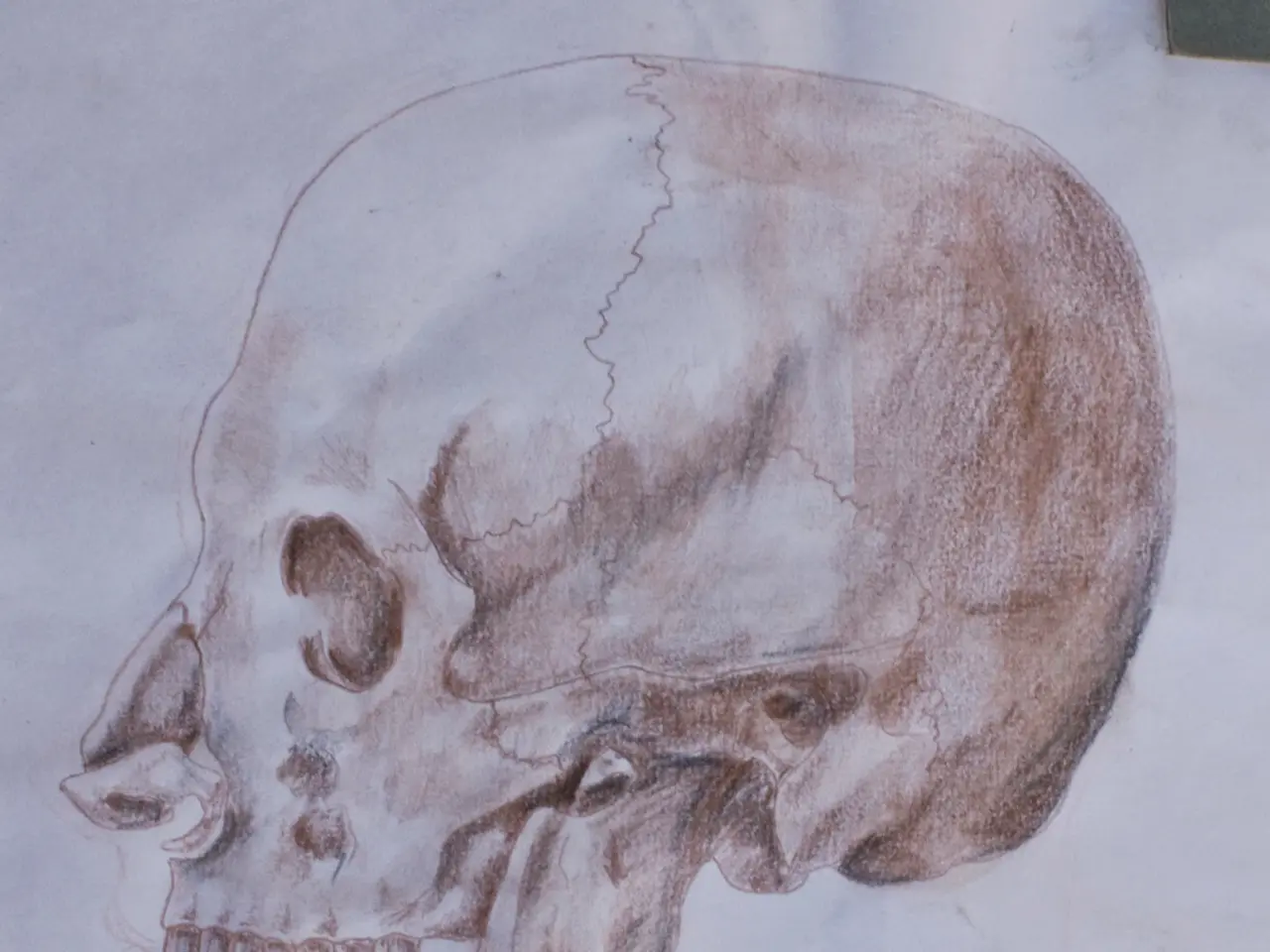Cerebral Angiography: A Vital Diagnostic Tool for Neurological Conditions
In 1937, American physician Walter Dandy pioneered cerebral angiography, a crucial diagnostic tool for understanding blood vessel issues in the head and neck. Today, it's employed when other tests fail to provide clear insights, aiding in treatment planning.
Cerebral angiography involves sedation or general anesthesia. A catheter is inserted into the carotid artery, and a contrast dye is injected to highlight blood vessels. This enables clear imaging of potential blockages, abnormalities, or conditions such as aneurysm, arteriosclerosis, or brain tumors.
Before the procedure, inform your doctor about allergies, diabetes, kidney disease, or pregnancy. You may also need to fast, stop certain medications, and pump breast milk if breastfeeding.
Cerebral angiography is a vital diagnostic tool for identifying stroke risks, brain bleeding, and various neurological conditions. However, it carries risks like stroke or blood vessel damage. It's typically used when other tests are inconclusive, providing crucial information for treatment planning.






